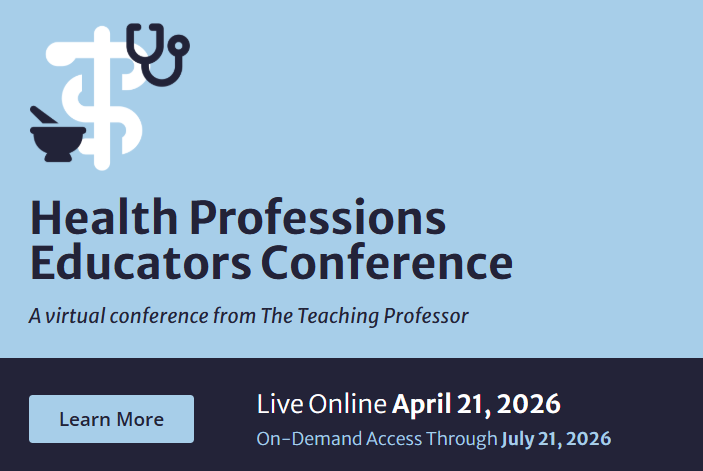
Extending the Shelf-Life of Your Instructional Videos: Six Common Pitfalls to Avoid
When instructional video is produced thoughtfully and used to promote active engagement, it can improve student motivation, learning, and performance, make content more memorable, and bring highly visual material to life (Ljubojevic et al, 2014; Zhang et al, 2006; Hegeman, 2015; Hsin & Cigas, 2013; Merkt et al, 2011; Kay, 2012; Schwan & Riempp, 2014; Routt et al, 2015; Jarvis & Dickie, 2009).
Video has other benefits as well. It allows students to watch lectures at their own pace, rewinding and re-watching as needed. It lets instructors assign lectures as homework, opening up class time for interaction. And it can reduce the total time faculty need to spend preparing and delivering the same material for different semesters or audiences. Once you’ve recorded a video, you can–theoretically–use it again and again.







